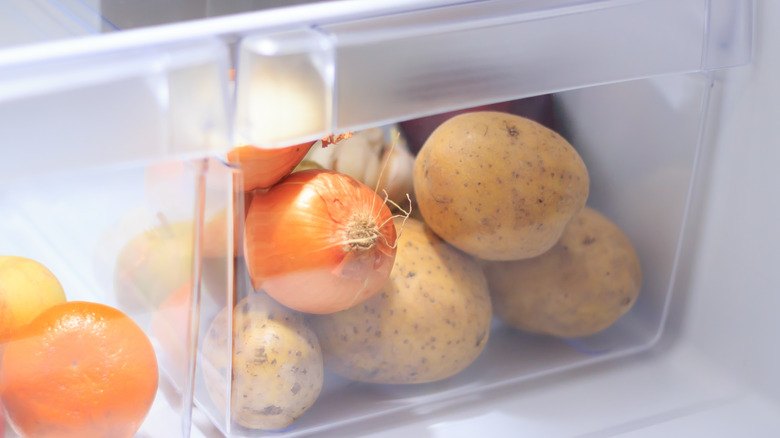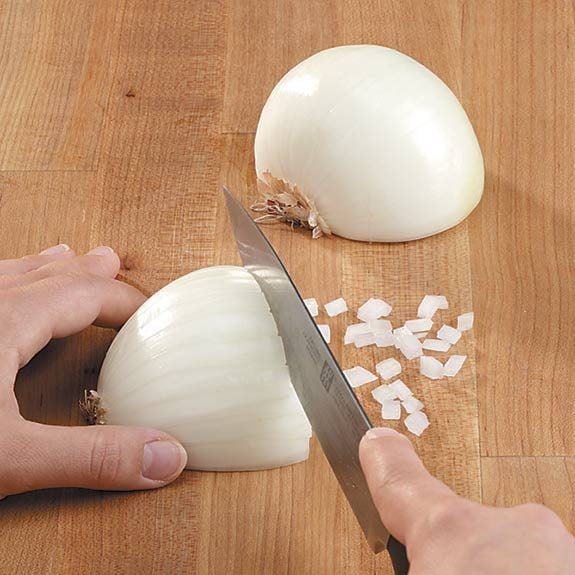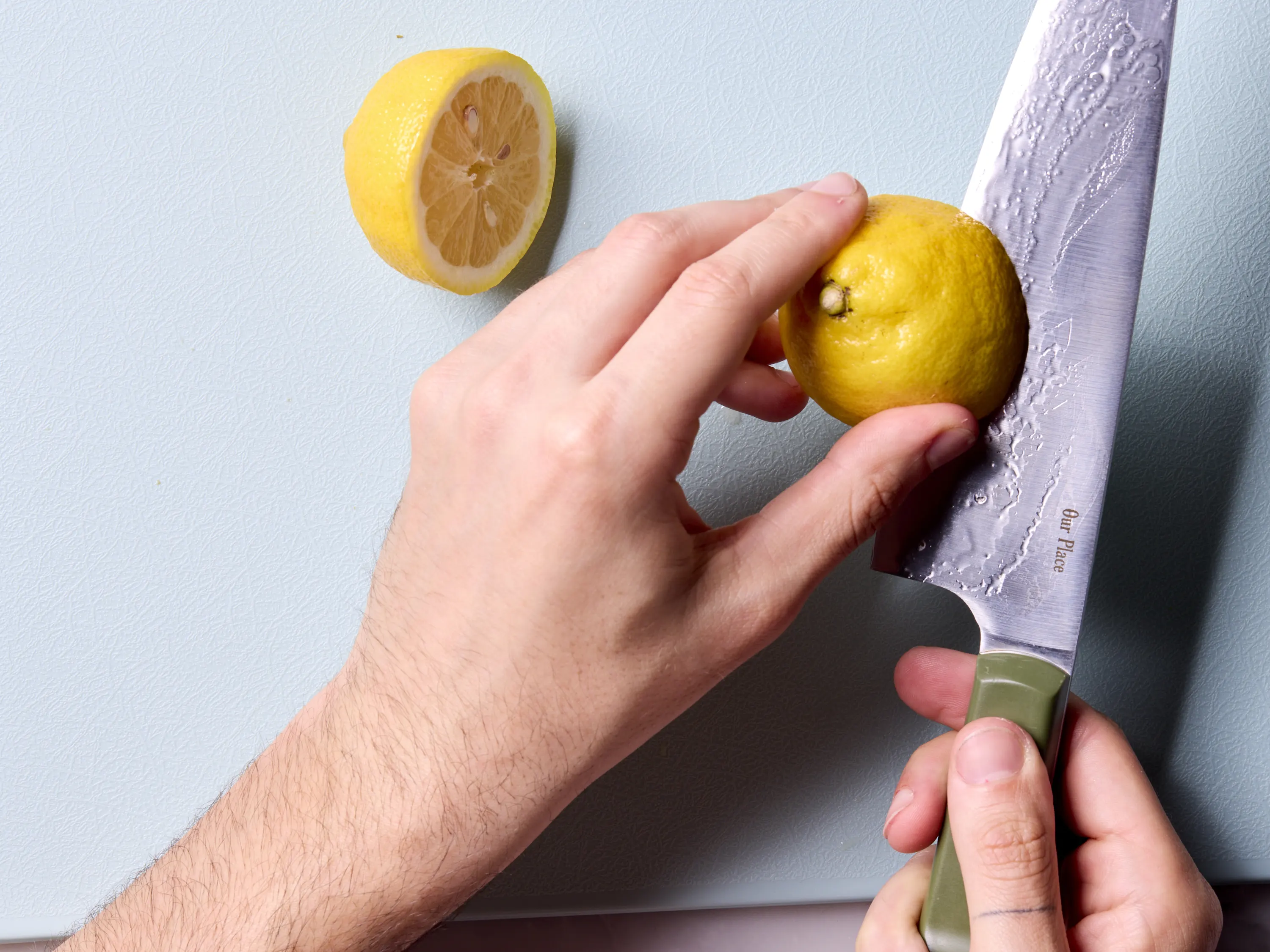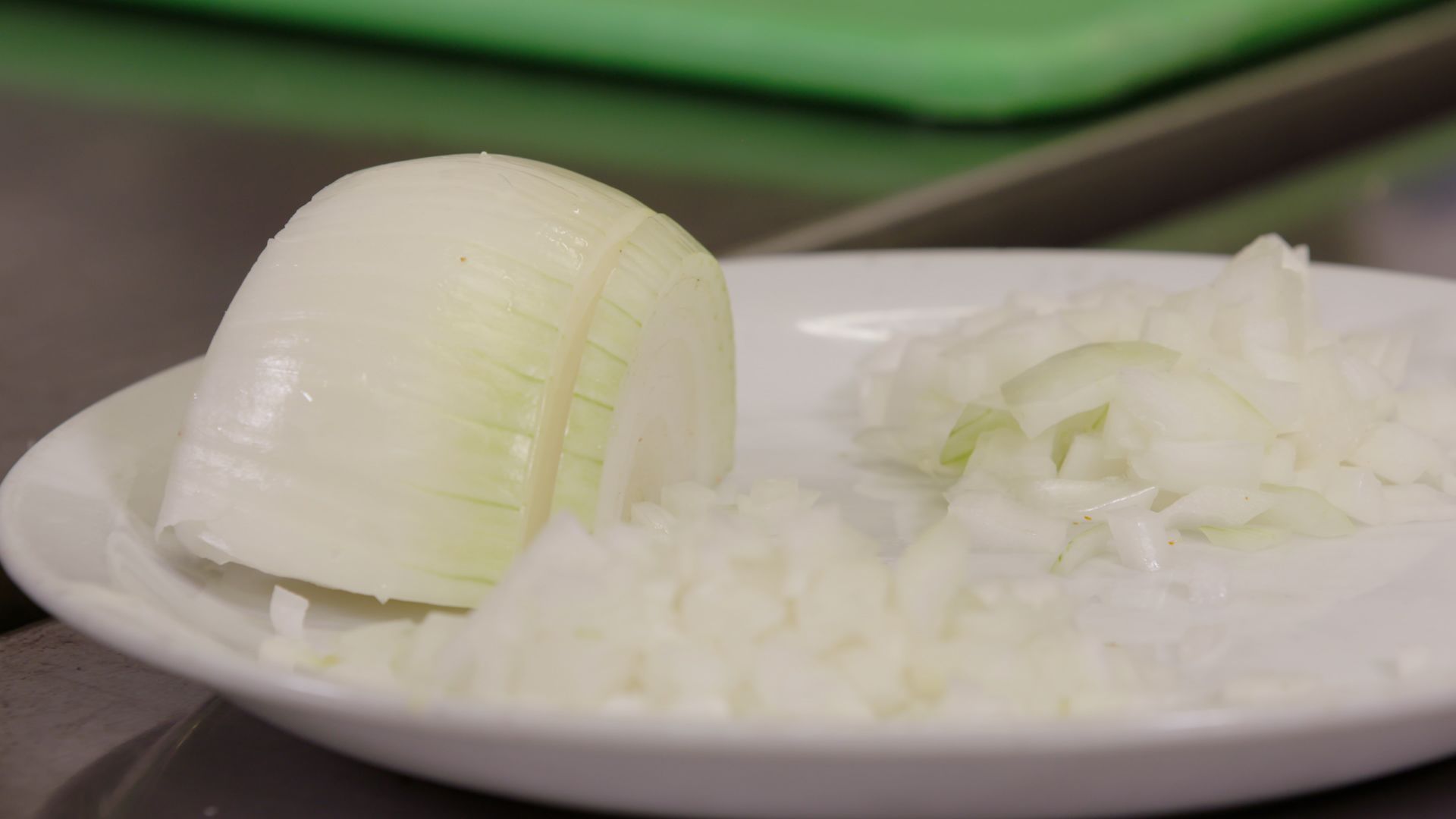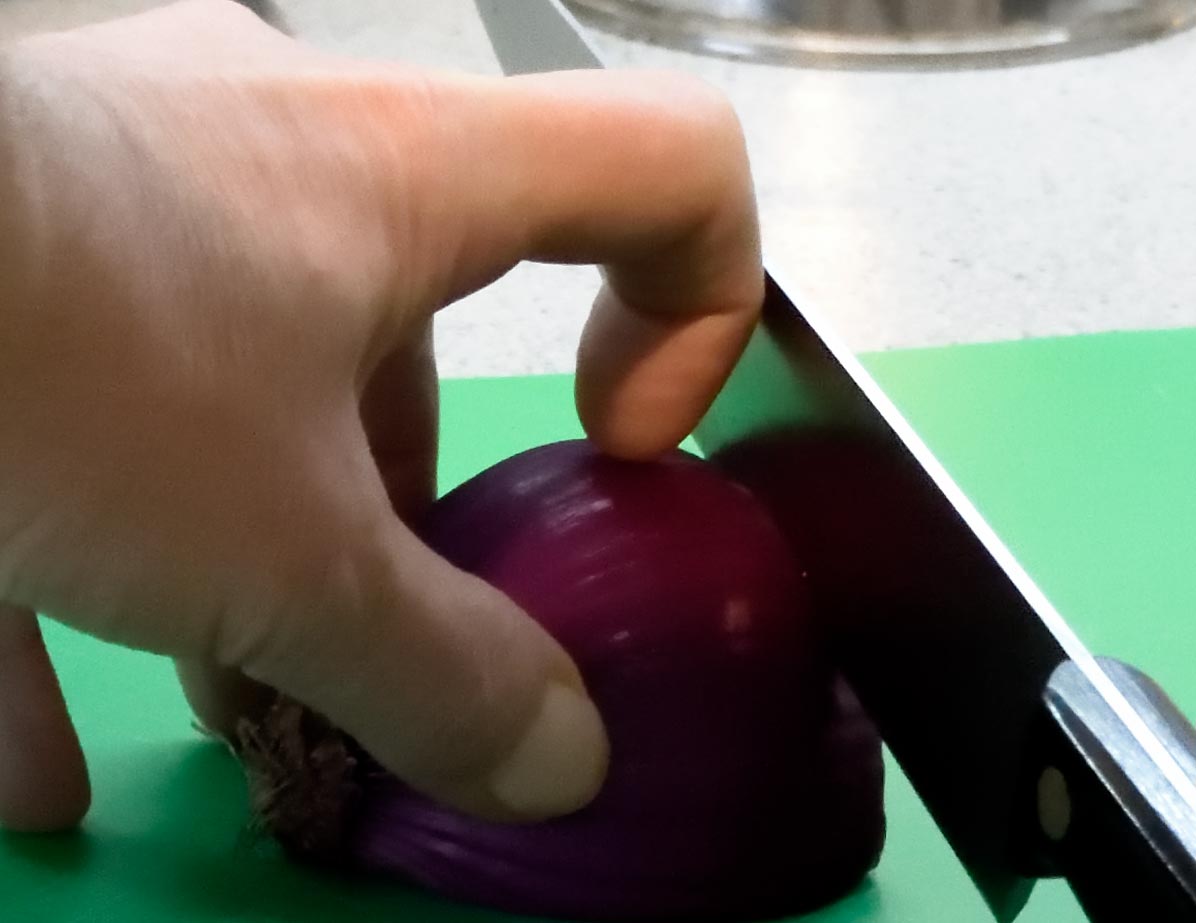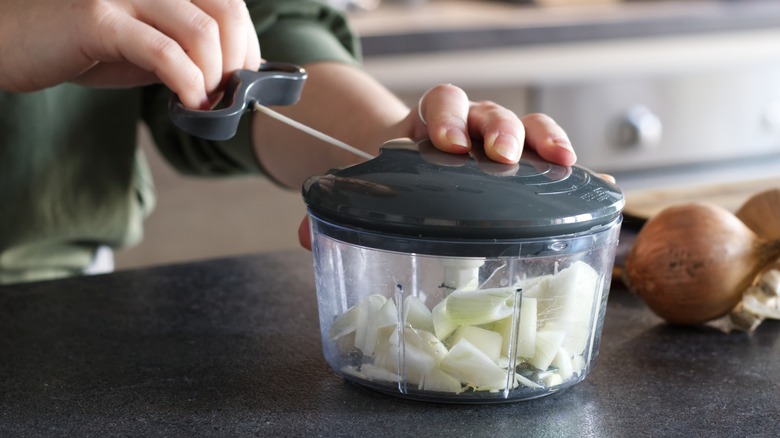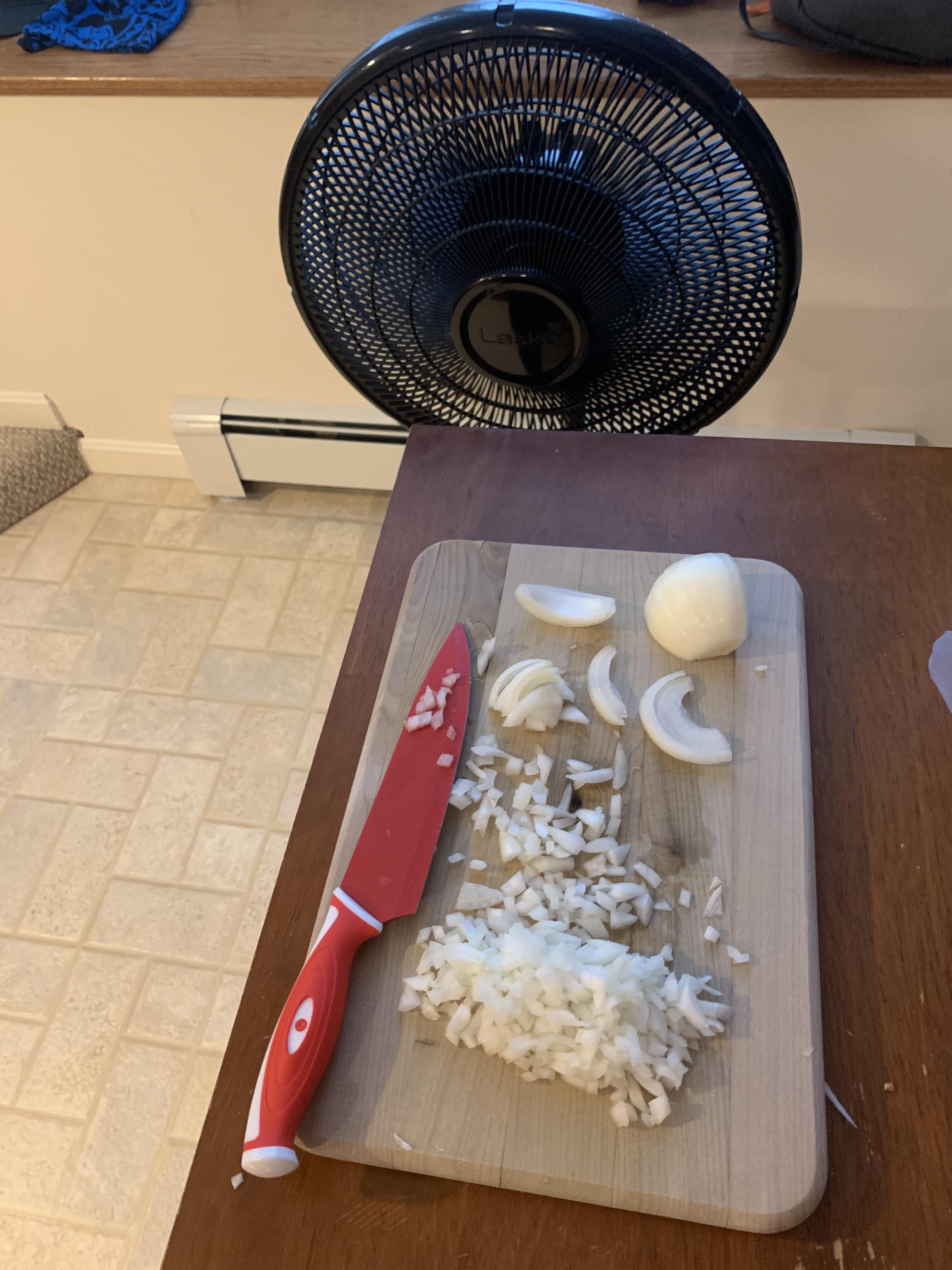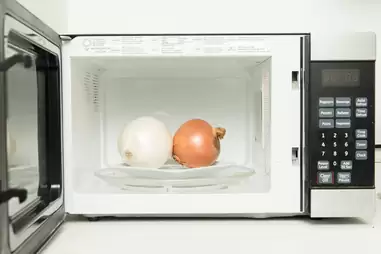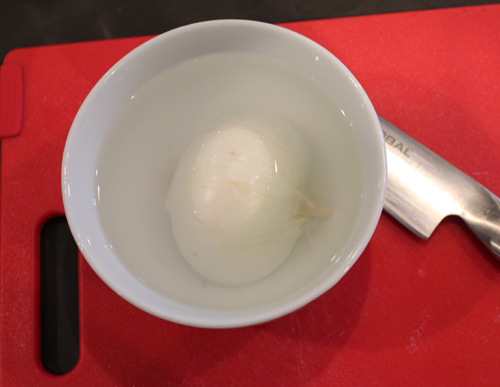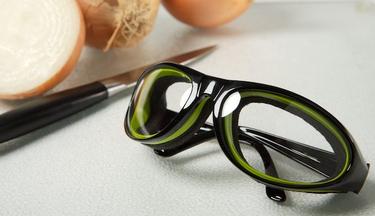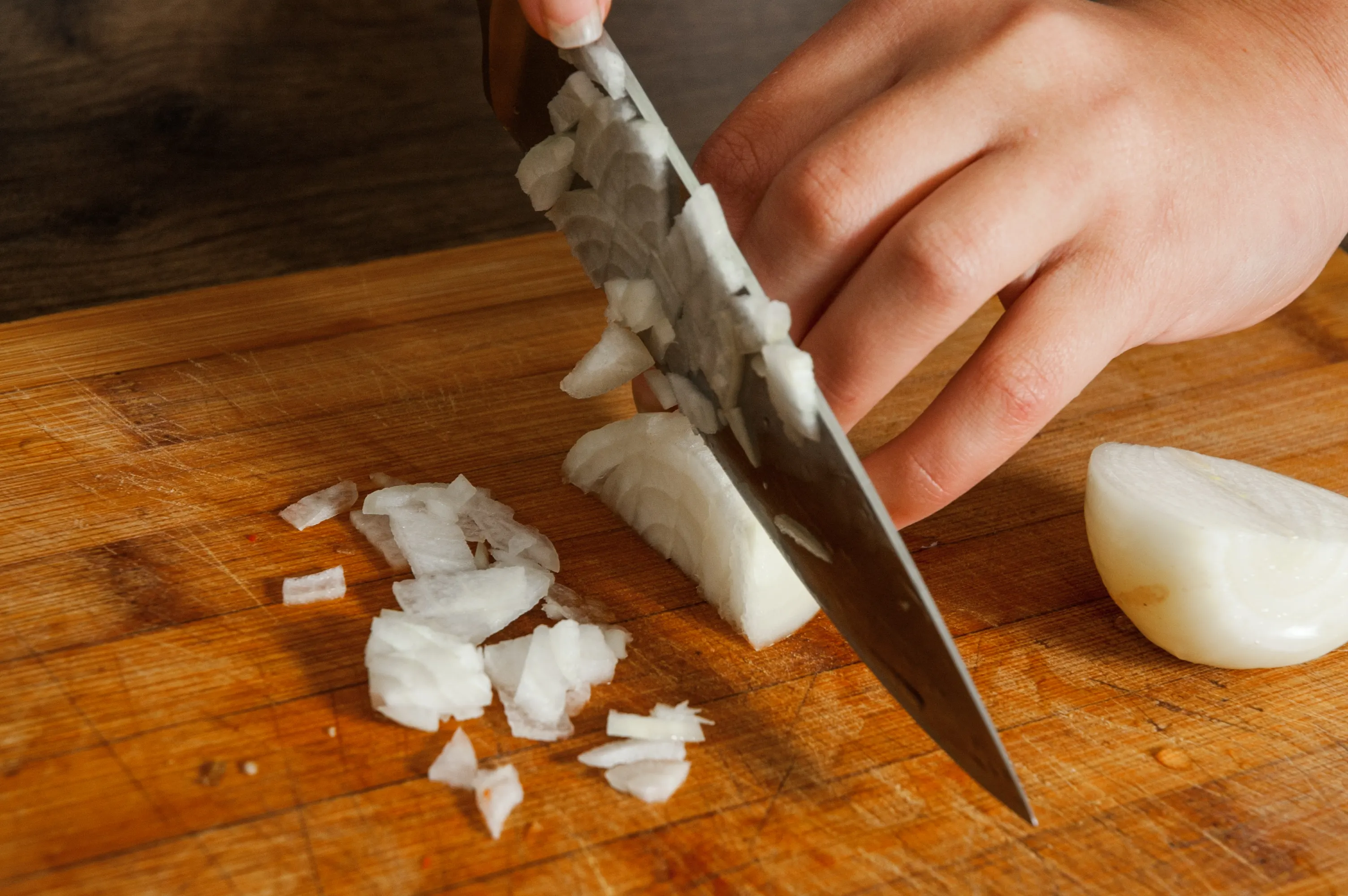
Chopping onions is a fundamental skill in the kitchen, but it often comes with an unwelcome side effect: tears. The sharp, stinging sensation that creeps up on you while slicing can turn a simple task into an emotional ordeal. Many home cooks have experienced the frustration of not only battling their tears but also losing focus on the culinary task at hand. However, it doesn’t have to be this way!
With a few effective techniques and the right tools, you can learn how to chop onions without shedding a single tear. This guide will teach you the science behind why onions make you cry, share essential tools for tear-free chopping, and introduce you to practical methods that will change your onion preparation game forever.
Why Does Onions Cause Tears?
The reason onions make us cry is rooted in their chemistry. When you cut into an onion, you break its cells, releasing enzymes called alliinases. These enzymes react with sulfur compounds found in the onion to produce sulfenic acids. These acids quickly transform into a gas known as syn-propanethial-S-oxide, which is volatile and irritating. When this gas comes into contact with your eyes, it reacts with the moisture to form sulfuric acid, causing that familiar burning sensation.
Understanding this process not only highlights the challenge but also provides insights into how we can minimize its effects. By learning how to manage the release of these irritants, you can chop onions with ease.
Essential Tools For Tear-Free Onion Chopping
Having the right tools in your kitchen can significantly improve your onion chopping experience. Here are some essential items to consider:
- Sharp Knife: A sharp knife makes cleaner cuts, minimizing cell damage and reducing the amount of irritants released.
- Cutting Board: A stable, non-slip cutting board ensures that you can chop without unnecessary movements that could lead to more irritation.
- Food Processor: This handy gadget can chop onions quickly, keeping your hands away from the onion’s juices.
- Onion Goggles: Specifically designed to protect your eyes from irritants, these goggles can provide an effective barrier while chopping.
Investing in these tools can make a noticeable difference in your onion preparation.
Prepping The Onion Correctly
Proper preparation is key to minimizing tears while chopping onions. Here are several effective methods that can help you prepare your onions in a way that reduces irritants and enhances your chopping experience.
1. Chill The Onion
Refrigerating your onions for at least 30 minutes before chopping is one of the simplest and most effective methods to reduce tear production. The cool temperature slows down the enzymatic reaction that releases the irritating gases, allowing you to chop with less discomfort.
To do this, simply place whole onions in the refrigerator, and when you’re ready to chop, take them out and begin your preparation. The colder the onion, the less volatile the sulfur compounds will be, making for a tear-free chopping experience.
2. Peel Under Water
Another effective technique is to peel onions under running water or in a bowl of water. By doing this, you dilute and wash away some of the sulfur compounds that are released during the peeling process. The water acts as a barrier, preventing the irritating gases from reaching your eyes.
This method can be especially helpful if you find yourself particularly sensitive to the irritants in onions. To peel under water, simply place the onion in a bowl and peel it while submerged, or let the water run over it as you remove the outer layers.
3. Trim The Root Last
The root end of the onion contains a higher concentration of sulfur compounds, which are primarily responsible for the tear-inducing effects. By leaving the root intact while chopping, you can minimize exposure to these compounds. Begin by cutting off the top of the onion, then slice the onion in half and peel it.
When it’s time to chop, position the onion with the cut side down, and once you’ve finished chopping, trim off the root. This simple adjustment can significantly reduce the number of irritants released into the air.
4. Dipping Your Knife In Lemon Juice
Before you start chopping, consider dipping your knife in lemon juice. The acidity of the lemon helps neutralize the sulfur compounds released by the onion. Simply squeeze some lemon juice into a bowl and dip your knife into it before slicing through the onion.
The citric acid creates a barrier that interacts with the sulfur compounds, reducing their potency and, consequently, the irritation caused when chopping. This method not only helps prevent tears but also adds a slight citrusy scent to your kitchen!
Method 1: The Slice And Dice
- Cut off the top: Start by slicing off the top of the onion.
- Cut in half: Place the onion cut side down and slice it in half.
- Peel the skin: Remove the outer skin from each half.
- Chop: Hold the onion half with the flat side down. Make horizontal cuts, then vertical cuts, and finally slice down to create dice.
Method 2: The Technique Of Holding
When chopping onions, employing the technique of using your fingers correctly can greatly enhance safety and reduce the risk of irritation. Begin by positioning the onion securely on your cutting board, ensuring it has a flat side facing down to prevent slipping.
As you grasp the onion with one hand, curl your fingertips under and tuck them inward towards your palm. This positioning means that your knuckles will act as a protective guide for the knife, allowing you to maintain a firm grip while keeping your fingertips safely away from the blade.
Method 3: The Food Processor
For a hassle-free onion chopping experience, consider using a food processor, which allows you to cut onions quickly and efficiently while minimizing exposure to their irritating juices. Start by cutting the onion in half from top to bottom, then slice each half into quarters, ensuring the root end remains intact to help hold the layers together.
Place the onion quarters into the bowl of the food processor, making sure not to overcrowd it for optimal performance. Secure the lid tightly and pulse the onions in short bursts, checking frequently to achieve your desired size, whether you prefer finely chopped or coarsely diced pieces.
Method 4: The Ventilation Strategy
To minimize tears while chopping onions, ensure your kitchen is well-ventilated by implementing several strategies. Open windows to allow fresh air to circulate and disperse sulfuric gases released by onions. Use a fan directed towards the onion to push irritants away from your face and consider creating a cross-breeze by opening windows on opposite sides of the kitchen.
Positioning yourself near an open door can also facilitate airflow. For added effectiveness, an air purifier with a HEPA filter can improve air quality by removing airborne irritants.
Method 5: Microwave Technique
The microwave technique is a quick and effective way to reduce irritation when chopping onions. Start by placing the whole, unpeeled onion on a microwave-safe plate and heating it in the microwave for about 30 seconds. This brief exposure to heat softens the onion, making it easier to chop while minimizing the release of irritants that cause tears.
The warmth helps break down some of the sulfur compounds, reducing the pungent gases that irritate your eyes. After microwaving, allow the onion to cool slightly before peeling and chopping. This method not only makes chopping more comfortable but also speeds up the preparation process for busy cooks.
Method 6: Soaking The Onions
The soaking method is an effective way to reduce tears when chopping onions. To use this technique, fill a bowl with cold water and submerge the whole onion for 10 to 15 minutes. This soaking helps dissolve some of the sulfur compounds that cause irritation, making it less likely for irritants to escape when you cut the onion.
After soaking, remove the onion, pat it dry with a paper towel, and proceed to peel and chop as usual. This method is especially beneficial for those sensitive to onion fumes, ensuring a more comfortable and tear-free chopping experience.
Method 7: Onion Goggles
Onion goggles are a practical and effective solution for preventing tears while chopping onions. Specifically designed to shield your eyes from the irritating gases released during cutting, these goggles create a barrier that prevents sulfur compounds from causing discomfort. They fit snugly to ensure no air escapes around the edges, and many models feature anti-fog coatings for clear visibility.
For those interested in elevating food videos, onion goggles can also add a unique touch, demonstrating innovative kitchen tools and tips that make cooking more efficient and enjoyable. Whether you're a home cook or a content creator, showcasing such tools can add valuable insights for your audience.
Tips For Reducing Tears While Chopping Onions
In addition to the methods mentioned above, here are some practical tips to further minimize tears:
- Breathe Through Your Mouth: Breathing through your mouthinstead of your nose can help avoid inhaling the irritants directly.
- Keep Your Knife Sharp: A sharper knife creates cleaner cuts, resulting in less cell damage and fewer irritants released into the air.
- Use a Candle: Lighting a candle nearby while chopping onions can help burn off some of the irritating gases before they reach your eyes.
By incorporating these strategies, you’ll find chopping onions to be a much more manageable task. For those aiming to become a cooking pro, mastering these basic techniques not only saves time but also enhances the overall cooking experience, making each step feel smoother and more efficient.
Storing And Handling Onions
How you store and handle onions can also influence their tear-inducing properties:
- Store in a Cool, Dark Place: Keep onions in a cool, dark area to prolong their freshness. Avoid storing them near potatoes, as the gases emitted can lead to faster spoilage.
- Use Within a Week: Once cut, onions should be stored in an airtight container in the refrigerator and used within a week to prevent the build-up of sulfur compounds that can make them more irritating. Proper storage is essential for food safety, as it helps prevent spoilage and keeps your ingredients fresh and ready to use in your recipes.
FAQs
Why Do Onions Make You Cry?
Onions release sulfur compounds and enzymes when cut, which react to form a gas that irritates your eyes, causing tears.
Does Chilling Onions Really Help?
Yes, chilling onions slows down the release of the irritating gases, making it less likely for you to tear up while chopping.
Can Wearing Glasses Help?
Wearing glasses or goggles can provide a physical barrier between the onion's gases and your eyes, reducing irritation.
What Are The Best Tools For Chopping Onions?
A sharp knife, a stable cutting board, and optional onion goggles or a food processor can enhance your chopping experience.
Are There Any Specific Onion Varieties That Cause Less Irritation?
Some people find sweeter onions, like Vidalia or Walla Walla, to be less irritating compared to yellow or white onions due to their lower sulfur content.
Final Thoughts
Chopping onions doesn’t have to be a tearful experience. By understanding the science behind why onions cause tears and employing the right techniques and tools, you can chop onions with ease and comfort.
You can choose to chill your onions, use sharp knives, or try alternative methods; these strategies will enhance your cooking experience. Embrace these tips, and enjoy a more pleasant time in the kitchen, all while preparing delicious meals that highlight the wonderful flavor of onions.
